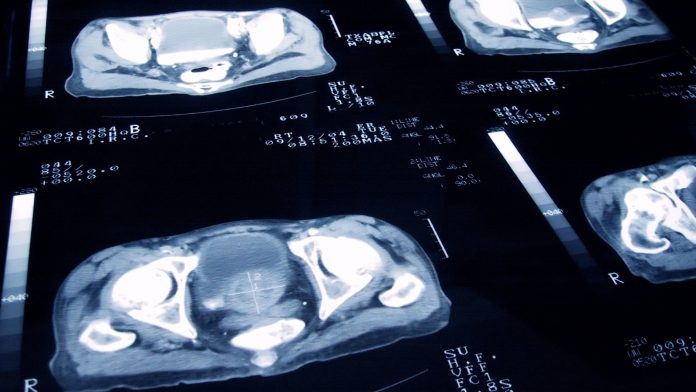
University of East Anglia researchers’ latest discovery outlines how some bacteria in urine can lead to aggressive prostate cancer.
The causes of prostate cancer are largely unknown; however, new research found five common types of bacteria in urine and tissue samples that could be linked to aggressive forms of prostate cancer. The research team hope that their discovery can revolutionise future treatments that target the specific bacteria in urine and tissue samples and slow or prevent the development of aggressive prostate cancer.
Project lead Prof Colin Cooper, from UEA’s Norwich Medical School, said: “We already know of some strong associations between infections and cancer. For example, the presence of Helicobacter pylori bacteria in the digestive tract can lead to stomach ulcers and is associated with stomach cancer, and some types of the HPV virus can cause cervical cancer.
“We wanted to find out whether bacteria could be linked to the way prostate cancer grows and spreads.”
Discovering the link between bacteria in urine and prostate cancer
In a collaborative effort, the research team from the University of East Anglia worked with Norfolk and Norwich University Hospital, the Quadram Institute and other institutions to make their discovery. The teams analysed urine or tissue samples from more than 600 patients with or without prostate cancer, developing methods of finding the bacteria in urine or tissue samples associated with aggressive prostate cancer.
To detect the bacteria in urine or tissue samples, the team approached the situation with multiple methods. Dr Rachel Hurst, the first author of this work and also from UEA’s Norwich Medical School, said: “To detect the bacteria, we used many different approaches including whole-genome sequencing of the tissue samples, a method which is being used increasingly as we transition into an era of genomic medicine.
“When tumour samples are sequenced, DNA from any pathogens present are also sequenced, making it possible to detect bacteria.
“We found several types of bacteria associated with aggressive prostate cancer, some of which are new types of bacteria never found before.”
New bacteria species
The team uncovered five types of bacteria in urine or tissue samples named Anaerococcus, Peptoniphilus, Porphyromonas, Fenollaria and Fusobacterium. All of these are anaerobic, which means they grow without oxygen.
Dr Hurst said: “When any of these specific anaerobic bacteria were detected in the patient’s samples, it was linked to the presence of higher grades of prostate cancer and more rapid progression to aggressive disease.
“We also identified potential biological mechanisms of how these bacteria may be linked to cancer. Among the things we don’t yet know is how people pick up these bacteria, whether they are causing cancer, or whether a poor immune response permits the growth of the bacteria.
“But we hope that our findings and future work could lead to new treatment options that could slow or prevent aggressive prostate cancer from developing. Our work could also lay the foundations for new tests that use bacteria to predict the most effective treatment for each man’s cancer.”
The team outlined that many bacteria are beneficial to human life and cannot simply remove the harmful bacteria without removing the protective benefits of good bacteria.
Prof Daniel Brewer, from UEA’s Norwich Medical School and a visiting worker at the Earlham Institute, said: “Knowing when we can watch and wait or whether we need to start treatment is a major challenge for people with prostate cancer. If we can target aggressive cancers while sparing others from unnecessary treatment, it will dramatically improve the way we manage this disease.
“There seems to be a clear link between these bacteria and the way the cancer is behaving. We need to understand this relationship in more detail, but it’s a major step towards developing a cheap and quick test that could guide treatment decisions.”









